fridge temperature fluctuation normal?
l_mtl
9 years ago
Featured Answer
Sort by:Oldest
Comments (23)
jwvideo
9 years agolast modified: 9 years agol_mtl
9 years agolast modified: 9 years agoRelated Discussions
GE Monogram Fridge temperature issues - HELP!
Comments (2)this happened to me. would not go below the 50's but prior to this there had been wild fluctuations in the freezer temps from -40 to 5 above. the repair men were hapless. GE's answer is to replace the main board. I think this is probably easier for them than to actually have the numbskulls they engage actually diagnose and fix a problem. yikes, that is harsh, but it was an utter pain in the *ss to get it fixed and the worst part of it was all of the chats I had with GE customer service people. horrible....See MoreHelp with wacky temperatures in 21-year-old fridge?
Comments (6)Check to make sure the condenser fan is running (outside the unit) and the evaporator fan is running (inside the unit). You may want to vacuum underneath the unit and make sure the condensing coils are clean and free of dust. At first guess, the thermostat could be bad. You may also have a bad defrost heater or a bad defrost timer. Without doing any actual testing and going by your description, I would suspect it is icing up. This would point to a timer or heater. You could turn it off and give the the ice time to melt. Keep an eye on the drain pan because it can fill up and overflow quickly if this is the problem. You can speed the melting process by putting your freezer items in an insulated container and then use a blow dryer in the freezer section. This is a typical problem for GE/Hotpoint side-by-sides of the age of yours. If money is an issue, you can keep using it and use the above process from time to time...you'll find yourself doing it more in summer than in winter. Refrigerator repairs, if done right, can be time consuming especially if it's a bad defrost heater. The heater may cost 30 bucks and the labor to replace it can be 300 bucks or more. BTW...85 bucks isn't that bad for a diagnostics visit that will be applied to the repair. Keep in mind, a new refrigerator will save you at least 50 bucks or more a year just in energy costs....You'll have to let your pocket book decide on repair or replace....I would lean to replace if the cost to repair will be over 200 bucks....See MoreFreezer Temp. Fluctuating
Comments (1)50f seems kinda high, but all frost-free fridges/freezers run a defrost cycle every so often where the compressor is turned off and a heater element heats up the coils to melt the frost....See Moretemperature fluctuation in a wine cellar
Comments (1)R 13 isn't really great insulation. In addition, the Whisperkool unit isn't designed to vent to the outside. Cooling units are designed to operate within a general range of temperatures. So a fridge, an AC, and the Whisperkool unit are all designed to operate within their own unique parameters. An AC unit usually goes 25 degrees or so and expects the top temp to be somewhere in the 90s. So you get cooling down to the mid sixties or so. They don't get things quite as cold when the exterior temps are in the high 90s or 100s. A fridge is designed to cool down to the mid 30s or so, and to operate in an ambient temp of around 70. That's way past the condensation point, so you have really tight seals and super insulation. The Whisperkool is designed to cool down to about 55 or so from an ambient temp of around 70, not the 90s you may experience outside. It's not rocket science tho. If you want to get cooler, you need a larger evaporation coil and a more powerful condenser and you help the machine with tighter seals and better insulation. Thus, you can leave your door slightly ajar with a window AC unit and you'll still get fairly cool, but you wouldn't leave the fridge door slightly open. To your main question - the one degree fluctuation is not all that bad. Don't sweat it. To your larger question that you didn't ask - you're possibly overtaxing the Whisperkool unit. If it dies on you, you can replace it with a regular window AC unit. Just seriously oversize it, then tweak the thermostat - either replace / bypass it, or tape a resistor onto the probe so that it thinks the air is actually warmer than it is and it cools a bit more as a result. It's how I cool my wine cellar....See Moredodge59
9 years agolast modified: 9 years agol_mtl
9 years agolast modified: 9 years agododge59
9 years agolast modified: 9 years agol_mtl
9 years agolast modified: 9 years agododge59
9 years agolast modified: 9 years agojwvideo
9 years agolast modified: 9 years agojwvideo
9 years agolast modified: 9 years agodadoes
9 years agolast modified: 9 years agojwvideo
9 years agolast modified: 9 years agododge59
9 years agolast modified: 9 years agodadoes
9 years agolast modified: 9 years agojwvideo
9 years agolast modified: 9 years agol_mtl
9 years agolast modified: 9 years agol_mtl
9 years agolast modified: 9 years agojwvideo
9 years agolast modified: 9 years agol_mtl
9 years agolast modified: 9 years agoweissman
9 years agolast modified: 9 years agockollars9
8 years agorobertsteven
5 years agodan1888
5 years ago
Related Stories
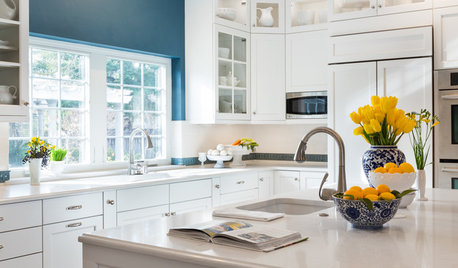
SELLING YOUR HOUSE9 Tips for Living a (Semi-)Normal Life While Your Home Is Being Shown
Preparation, routine and treats help you make the house you’re selling presentable at a moment’s notice
Full Story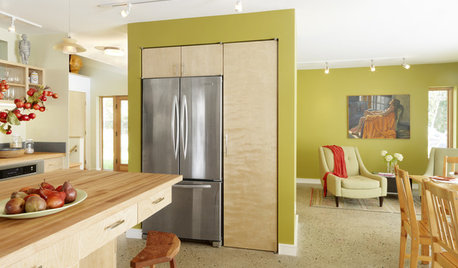
REMODELING GUIDESGet the Look of a Built-in Fridge for Less
So you want a flush refrigerator but aren’t flush with funds. We’ve got just the workaround for you
Full Story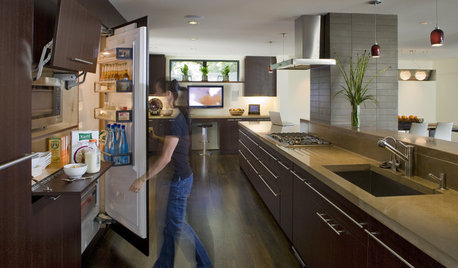
HOUSEKEEPINGHow to Clean Your Fridge, Inside and Out
Keep your refrigerator clean and fresh, while you gain storage space and lose those ‘UFOs’
Full Story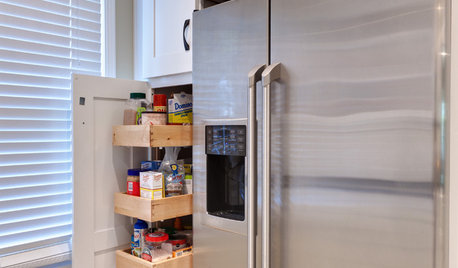
KITCHEN STORAGEPantry Placement: How to Find the Sweet Spot for Food Storage
Maybe it's a walk-in. Maybe it's cabinets flanking the fridge. We help you figure out the best kitchen pantry type and location for you
Full Story
GREEN BUILDINGThe Big Freeze: Inventors Break New Ground to Keep Things Cool
Old-fashioned fridges can be energy guzzlers, but there are more eco-friendly ways of keeping food fresh, as these global innovations show
Full Story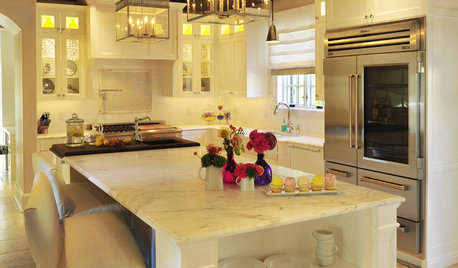
KITCHEN DESIGNSee-Through Refrigerators Dare to Go Bare
Glass-front fridge doors put your food and drinks on display, for better or worse. See the benefits and disadvantages
Full Story
FEEL-GOOD HOME21 Ways to Waste Less at Home
Whether it's herbs rotting in the fridge or clothes that never get worn, most of us waste too much. Here are ways to make a change
Full Story
GREAT HOME PROJECTSHow to Add a Radiant Heat System
Enjoy comfy, consistent temperatures and maybe even energy savings with hydronic heating and cooling
Full Story
LIFEPolar Vortex: How Houzzers Are Coping With the Storm
Spirits are staying high even as the mercury plunges to new lows. Do any of these firsthand accounts sound familiar?
Full Story


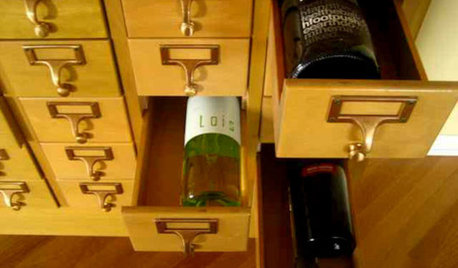
klem1